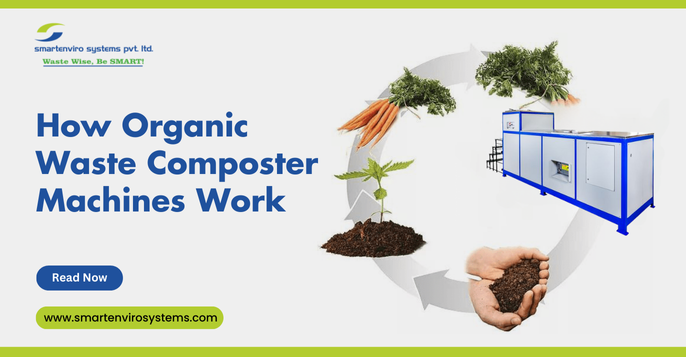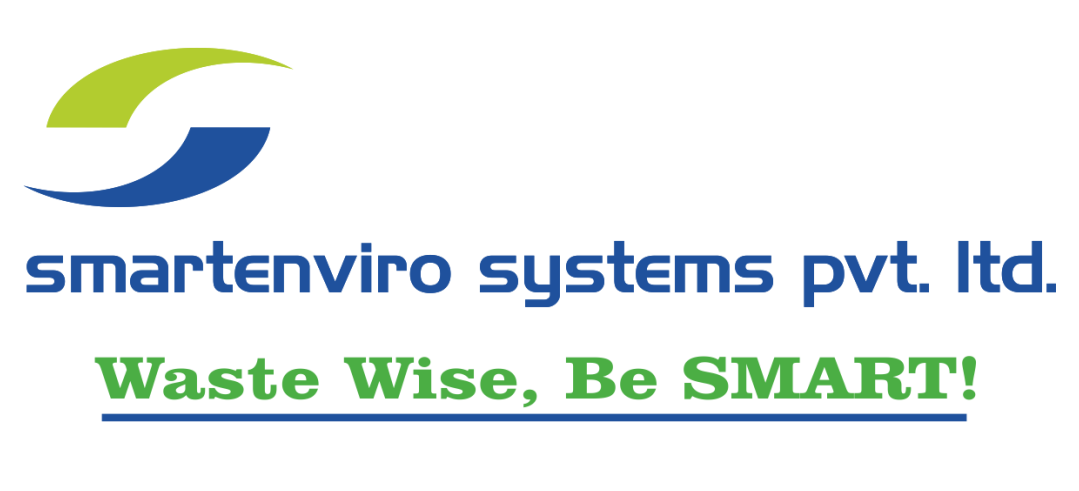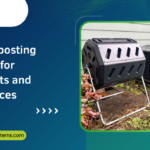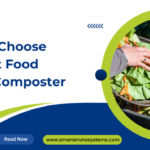Thus, the application of organic waste composter machines would be very crucial as an essential tool in effective management of wastes while contributing to the sustainability of the environment. These would help the business sectors and household units better manage wastes by reducing the volume of organic wastes that would be converted into compost, thereby resulting in reduced landfill impact and nutrient-rich soil amendment. If you want to understand how these organic waste composter machines work and why they can be so valuable in most waste management strategies, this guide will walk you through the process, different types of machines, their benefits, and best practices when using them.
What Is an Organic Waste Composter Machine?
An organic waste composter machine is that device that breaks down the organic matters, such as food scraps, yard trimmings, and other biodegradable items, to create compost. It is a rich soil amendment that improves the quality of the soil by adding useful nutrients. The machine can accelerate the natural decomposition process to break down organic matter under optimum conditions, reduce the volume of waste, and change it into precious compost.
How Organic Waste Composter Machines Work
Organic waste composter machines are imitations and augmentations of natural decomposition. Here’s how they work, step by step:
Stage 1: Loading the Machine
The machine first loads organic waste, which can include food scraps, plant materials, and biodegradable packaging.
The waste is filled into a hopper or chamber designed to contain material throughout the composting process.
Shredding the Waste
Shredding Mechanism: Some shredders have the shredding mechanism that breaks down the waste into smaller pieces.
This increases the surface area available for microbial action, thus speeding up the decomposition process. It is very applicable in processing large organic materials like wood chips or branches.
Mixing and Aeration
To be sure, the waste material is mixed effectively for uniform distribution of moisture and nutrients throughout the material.
The process of aeration, or the introduction of air into the mixture, is an important step for the proliferation of the type of bacteria that thrive in an aerobic environment, helping degrade organic matter.
Heat Generation
Since the organic material is digested, some amount of heat is generated.
The unit may include insulation that retains the warmth inside the chamber and allows it to build up to the level that encourages fast decomposition and kills bad pathogens.
Some advanced composters have a heating element to set the temperature range. It is usually set between 110°F (43°C) and 160°F (71°C).
Decomposition and Compaction
Organic waste will break down in the composting process into simpler substances, like carbon dioxide, water, and nutrient-rich compost.
Because waste decomposes volumetrically in the decomposition process, again not much room is needed for volumes to decrease so dramatically as they do in uncontrolled natural processes.
Some compacting machinery does further reduce the volume through compaction of the material.
Curing and Finishing
After the active composting phase, compost may require curing time to stabilize.
During this phase, all of the remaining organic material breaks down thoroughly and matures into high-quality compost.
Collection of Ready Compost
After the process, the compost is collected easily from the machine and applied to any soil for its fertility.
The product leaves are dark with a crumbly texture that increases the soil fertility and ideal conditions for growth.
Different Types of Organic Waste Composter Machines
There are various organic waste composter machines available in the market depending on the requirements, whether it is for domestic use or large-scale commercial purposes. Some of the most common types of organic waste composter machines include:
In-vessel Composters: These machines fully enclose the process of composting in a chamber where temperature, moisture, and aeration can be controlled. Very effective for speedy composting, in-vessel composters are also employed for schools, hotels, and food processing units.
Continuous-feed Composters: These systems are designed for continuous operation. New waste is fed into the machine while an older material decomposes. They are ideal for businesses that produce regular, daily organic wastes, like restaurants or groceries.
Batch Composters: The entire load decomposes before new waste is added. These are for household application or small quantities, as there would be little or no frequent need for the addition of compost input.
Rotating Drum Composters: This machine places waste inside a rotating drum. In this process, the material is both mixed and aeration is provided. The continuous movement accelerates the rate of decomposition and ensures uniform distribution of moisture and oxygen.
Benefits of Organic Waste Composter Machines
An organic waste composter machine provides innumerable benefits regarding waste management and the environment:
Reduces Volume of Waste: Composting decomposes organic waste into smaller pieces. This results in a much more compact material. This therefore leads to greatly reducing the volume of waste that ends up in a landfill. This actually reduces the landfilling space while at the same time minimizing the environmental impact associated with waste disposal.
Generates Nutrient-rich Compost: Organic waste decomposition-based compost is rich soil amendment that improves the soil structure and nutrient content while increasing its capacity to retain water, thereby making it less reliant on chemical fertilizers and encouraging healthier plant growth.
Controls Greenhouse Gas Emissions: Organic materials decomposing in the landfills emit methane, which is a strong greenhouse gas. Controlling the decomposition of organic in a closed environment prevents the emissions of methane gas and contributes to the reduction of the greenhouse gas level.
Promote Sustainable Waste Management: Composting is an environmentally friendly approach to manage organic waste, and it helps businesses and households promote more sustainable practices. It encourages recycling of waste material and reduces reliance on traditional waste disposal.
A cost-effective waste management solution: The organic waste composter machines can be a significant saving on the disposal costs for businesses that have a large amount of organic waste since the machines reduce the volume of the waste and subsequently the transport and landfill fees.
Safety Precautions to Observe When Using Organic Waste Composter Machines
Although organic waste composter machines are safe and easy to use, proper precautions should be in place for safety:
Read the User Manual: There should be instructions and safety guidelines on how to operate the machine.
Secure the Machine: Tie up the composter on an even surface before running it.
Protective Gear: There are gloves, goggles, and other gear to avoid touching decomposing matter or mechanical parts.
Clean Area: The surroundings around the composter should be clean and, thus free from pests for hygiene purposes.
Follow Maintenance Guidelines: Ensure to check the equipment for efficient and safe operation.
Best Practices on Composting Optimization
To boost your organic waste composter machine, use the following best practices:
Allow for an ideal carbon-to-nitrogen ratio. This means that carbonous materials such as paper or dry leaves will be balanced out by N-rich materials such as grass clippings and food wastes. This will surely guarantee heightened microbial action.
Monitor Moisture Levels: The composting material should be moist but not soggy. Too much moisture can slow decomposition, while too little can halt it.
Turn or Mix the Compost Regularly: If your machine requires manual turning, mix your compost periodically to aerate it and quicken the process.
Add bulking agents when needed: If the waste is wet or too compact, you should add bulking agents such as wood chips or straw to aerate it.
Do not place non-compostable materials: No plastics, metals, or poisonous waste should be placed in your composter. These may poison your compost.
Conclusion
The composter machines for organic wastes are considered among the most effective tools for changing organic waste into high-value compost while limiting the environmental impact of waste disposal. By knowing how such machines work and what types there are, you will be in a position to make informed decisions regarding the incorporation of the use of composting in your waste management activities. Whether you have residential or commercial waste management activities, using a composter contributes to a more sustainable, eco-friendly approach toward managing waste.

Posted inorganic waste composting machine


